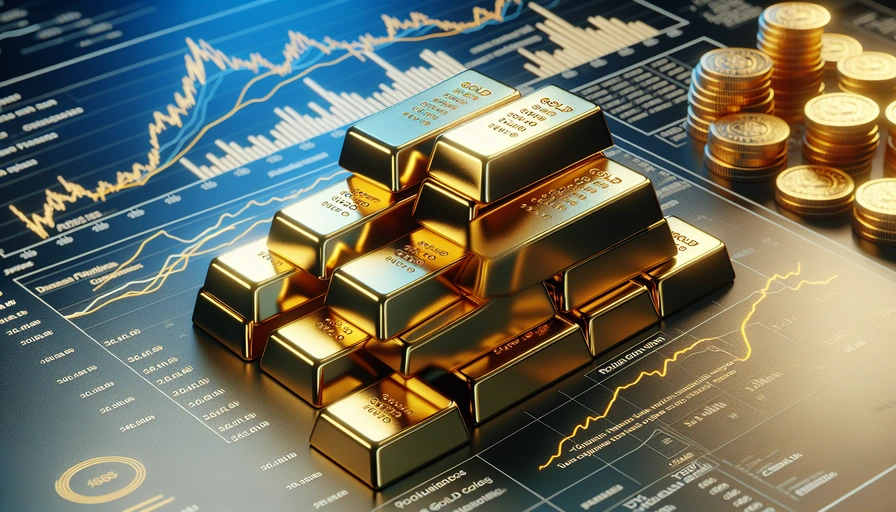The global gold market has been significantly impacted by recent developments in Russia’s gold trade. As the situation continues to evolve, it is crucial to understand the key factors influencing this sector and their broader implications.
- Gold Price Surge: The price of gold has seen a substantial increase, with projections suggesting it could reach US$3,200 per troy ounce soon. This surge is driven by geopolitical tensions and economic policies, including the US reciprocal tariffs. The current gold price stands at US$3,105.60 per troy ounce.
-
Impact of US Tariffs: The imposition of a 32% tariff on Indonesian goods by the US has had a ripple effect on the global market, including the gold trade. This tariff is part of a broader strategy by the US to impose reciprocal tariffs on various countries, which has led to increased market volatility and a surge in gold prices as investors seek safe-haven assets.
-
Economic Uncertainty: The economic policies of the Trump administration have created significant uncertainty in global markets. This has led to fluctuations in currency values and stock indices, further driving up the price of gold. The Indonesian Rupiah, for instance, has weakened against the US Dollar, reaching IDR 16,772 per USD, partly due to these tariffs and market sentiments.
-
Strategic Responses: In response to these economic pressures, countries like Indonesia are negotiating with the US to mitigate the impact of these tariffs. High-level delegations have been sent to Washington, D.C., to negotiate better terms and seek exemptions or reductions in tariff rates.
-
Market Reactions: The Jakarta Composite Index (IHSG) experienced a significant drop, leading to a temporary halt in trading. This market reaction underscores the broader economic impact of the tariffs and the resulting uncertainty in global trade.
In summary, the recent developments in Russia’s gold trade and the broader economic policies of major global players have created a complex and volatile market environment. The surge in gold prices reflects investor concerns and the search for stability amidst geopolitical and economic uncertainties. As negotiations continue and market conditions evolve, stakeholders in the gold trade must remain vigilant and adaptive to these dynamic changes.

